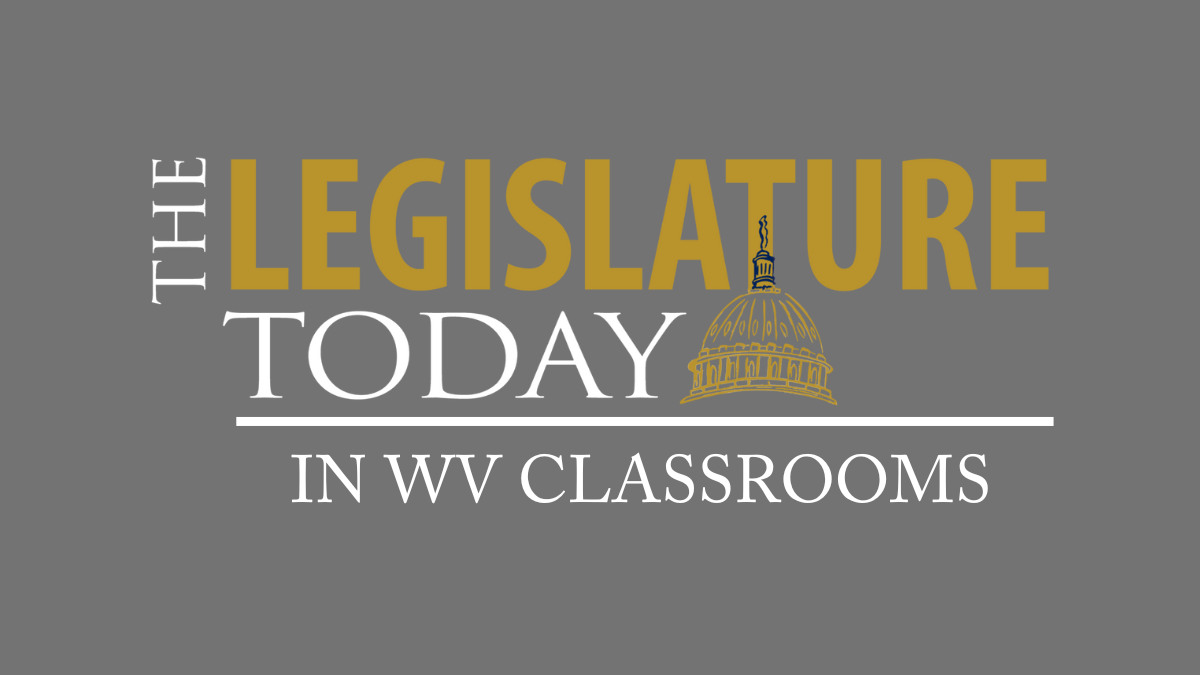Us & Them: America’s Civil Rights Champion
Before he became the first Black justice on the U.S. Supreme Court, Thurgood Marshall spent decades using the law as a tool for social change. On Us & Them, Trey Kay hosts a community conversation on Marshall’s legacy — featuring excerpts from Becoming Thurgood: America’s Social Architect — and asking what his civil rights victories mean today, as hard-won reforms face renewed challenge.
Continue Reading Take Me to More News





















